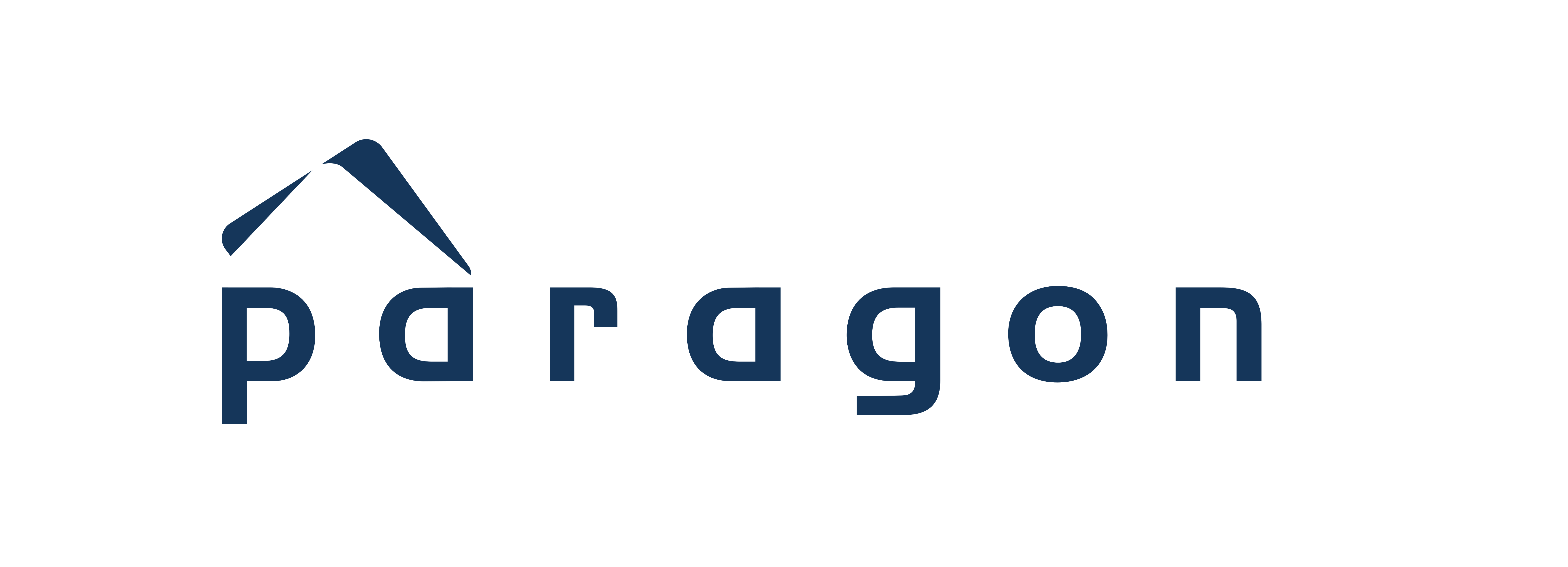
In recent news, the Fed Budget is handed down with a focus on housing; rental affordability continues to bite; rents hit record high; house prices reach new peak; vacancies ease slightly; ‘investor exodus’ looms in Victoria; banks fail struggling mortgage holders; WA to use undercover agents to catch out rent bidding; and the ATO sets its sights on rental properties.
Each month we pull together 10 insights impacting the investment property market. Read on for this month’s instalment…
1. Budget 2024-25. The Federal Budget 2024-25 was handed down on 14 May 2024. Housing was a key focus with measures including the $11.3 billion Homes for Australia Plan to address the acute housing shortages, and $1.9 billion to increase Commonwealth Rent Assistance by a further 10%. CoreLogic identified three areas where the Budget ‘missed’ on housing. The Real Estate Buyers Agents Association of Australia criticised the Budget for failing to incentivise property investors to provide rental housing, while API Magazine reported that the budget inadvertently creates boom conditions for property investors.
2. Number of affordable rentals hits record low as rental stress rises. PropTrack’s Market Insight Report revealed that the national share of rental properties listed for less than $400 per week declined to a record low of only 10.4% – a third lower than the levels observed in April 2023. Just 5.9% of rental properties in the capital cities were priced under $400 per week. Meanwhile, according to Digital Finance Analytics, 74.65% of renters were stressed in April.
3. Rents reach record high. The median weekly rent value across all Australian dwellings hit a fresh record high of $627 per week in April, according to CoreLogic. Rental costs ranged from $770 p/w in Sydney, to $547 in Hobart. Rents were 8.5% higher than in April last year, with annual rent growth accelerating. Perth recorded the highest annual rent growth at 15.5% followed by Brisbane at 10.5%. API Magazine reported rent price growth re-accelerated most strongly in greater capital city areas within 30-40km of city centres.
4. House prices reach new peak, but growth momentum slows. According to the CoreLogic Home Value Index, home values increased 0.6% in April, adding about $4,720 to the national median dwelling value. While national home prices hit a new record in April, the pace of price growth began to slow, according to the PropTrack Home Price Index. All capitals except Melbourne (-0.10%) and Hobart (-0.24%) saw prices rise in April, though the pace of growth had slowed since March in all cities except Darwin.
5. Vacancy rate eases. The national vacancy raterose to 1.21% in April, according to PropTrack. The vacancy rate increased to 1.2% in the capital cities and 1.23% in the regions. Despite the rise, the vacancy rate was still 51% lower than March 2020. Perth and Canberra recorded the largest increase in vacancy rates over the month, both up 0.18% to 1.05% and 1.56%, respectively. Adelaide had the tightest market, with a vacancy rate of just 0.96%. According to SQM Research, the total number of rental vacancies Australia-wide stood at 33,177 residential properties in April. The RBA said supply, not landlords, was behind the housing crisis.
6. ‘Investor exodus’ looms in Victoria. Victoria’s on the cusp of an ‘investor exodus’, with the state projected to lose 5,000 rental properties in the next 12 months, according to MCG Quantity Surveyors.
7. Money matters. At its Board meeting on 7 May, the RBA decided to keep the official cash rate at 4.35%. According to CoreLogic, the interest rate rises have divided the housing market. It also explored the new cash rate paradigm – higher for longer. REIA called on the RBA to consider the impact of interest rates on housing supply. ABS data showed that the CPI rose 3.6% in the 12 months to April, with one of the most significant rises being housing (+4.9%). Rents increased 7.5% in the 12 months to April. The minimum household income required to afford the average Australian house price was $171,223, according to Finder.
8. Government beat. WA Government announced it was offering $5,000 to vacant property owners to bring them onto the long-term rental market. The State also announced new laws to increase the supply of rental properties by reducing costs of build-to-rent developments. WA’s rent reforms began with a ban on rent bidding, including the use of undercover agents. In its Budget 2024-25, the State announced $1.1 billion in funding to boost housing supply and affordability. The NT Government’s 2024-25 Budget included $3 million to support affordable housing for eligible key worker households through the Rent Choice Program. The Victorian State Budget 2024-25 included $700 million to expand the Victorian Homebuyer Fund and $107 million to progress the Victorian Government’s housing agenda. The State also announced a $7.8 million Rental Stress Support Package.
9. Tax time. The ATO is set to target rental properties this tax time. Rental deductions will be under the microscope after the ATO found that 9 out of 10 rental property owners got their tax returns wrong, with the most common issue being incorrect repairs and maintenance claims.
10. On the radar – scam watch. Professionals Real Estate warned that rental scams are increasingly on the rise, with scammers utilising fake property adverts to lure in unsuspecting victims. Slater and Gordon Lawyers warned property buyers about a rise in settlement scams. SA’s consumer protection agency issued a warning about a new scam targeting people seeking building work through online work-for-hire platforms and other digital marketplaces. Commonwealth Bank of Australia warned that cyber criminals will ramp up their tax scam activity by 400% during the end of financial year.
*While we have taken care to ensure the information above is true and correct at the time of publication, changes in circumstances and legislation after the displayed date may impact the accuracy of this article. If you need us we are here, contact 1800 661 662 if you have any questions.
Sourced from rentcover.com.au




